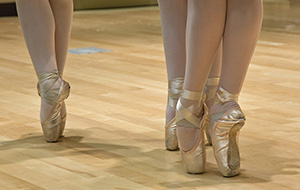 The aesthetics of ballet are continuing to evolve, however something which has remained a constant is the appearance of the foot when it is fully pointed. The ankle joint has limited movement outwards and inwards, however the adjustments of the foot’s position can make a big difference to how it looks to the audience.
The aesthetics of ballet are continuing to evolve, however something which has remained a constant is the appearance of the foot when it is fully pointed. The ankle joint has limited movement outwards and inwards, however the adjustments of the foot’s position can make a big difference to how it looks to the audience.
The foot as an extension of the ankle can elongate an arabesque or alternatively turn it inwards and demonstrate a weaker foot by sickling. When the foot is pointed in a neutral position an invisible line can be traced up through the floor, foot and into the ankle. Whilst this is technically correct, a winged shape can be seen as more desirable in that the toes are pointed outwards, extending the line. Sickling the foot might indicate poor training or weakness in the ankle, as well as demonstrating a more unsightly line.
The ankle has a slightly larger range of motion inwards, so students may be prone to sickling regardless. Genetics or anatomy can also contribute to a student’s tendency to sickle, and injuries can occur when the foot is both sickled and weight-bearing. This pulls the tendons of the ankle out of alignment, yet injury can occur when winging the foot too. Sickling can even be the intention for some choreographers, if that is what the movement or piece demands, yet for the majority of times, improving ankle strength and stability will minimise sickling.
If the foot winging is supporting weight, this too pulls the ankle joint out of alignment. Dancers may force their heels forward with tendus, instead of using their turnout. This places stress on the tendons on the inside of the foot and twists the knee joints. Despite this, winging could be encouraged in non-weight bearing positions in order to improve individual aesthetics and enhance the line – and limited turn out – the dancer is creating. Turn out must be fully engaged however, so as not to solely rely on the shape of the foot.

 There are many dance-inspired fitness methods on the market today, from fitness trainers who used to be dancers to those who use dance as a means to remaining happy and healthy, whilst not having a dance background. Aerobics and Zumba classes still have their place, but these are now two of many different options for class participants. Workouts of these kind offer a combination of dance, fitness and wellbeing, and there is truly something to suit everyone, be it at sports centres or the local dance studio.
There are many dance-inspired fitness methods on the market today, from fitness trainers who used to be dancers to those who use dance as a means to remaining happy and healthy, whilst not having a dance background. Aerobics and Zumba classes still have their place, but these are now two of many different options for class participants. Workouts of these kind offer a combination of dance, fitness and wellbeing, and there is truly something to suit everyone, be it at sports centres or the local dance studio.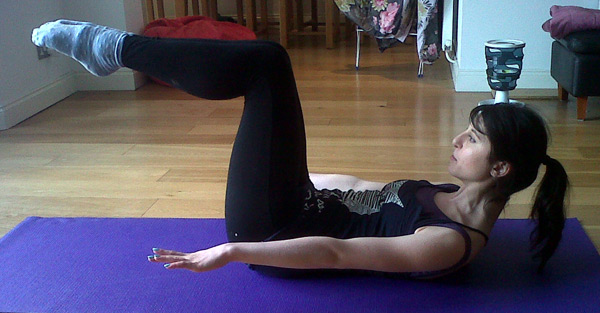 Dancers cannot just be fit to dance. Dance fitness in itself is not as wholesome as if the body undertook a wide range of physical activities to maintain fitness as a whole, whilst complementing that obtained through dance.
Dancers cannot just be fit to dance. Dance fitness in itself is not as wholesome as if the body undertook a wide range of physical activities to maintain fitness as a whole, whilst complementing that obtained through dance.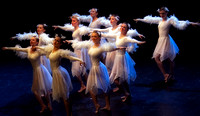 We are all aware of how good dance is for us. As a non-verbal method of communication utilising the body’s movements, often to music, there are many dance styles practised around the world. Originally these would have represented different ways of life, different cultures, ethnicities, belief systems, social structures, and traditions, but today it seems all dance styles are danced everywhere! It is arguable too that the individual and communal benefits of dance go far deeper than the common perception of dancing just for fun.
We are all aware of how good dance is for us. As a non-verbal method of communication utilising the body’s movements, often to music, there are many dance styles practised around the world. Originally these would have represented different ways of life, different cultures, ethnicities, belief systems, social structures, and traditions, but today it seems all dance styles are danced everywhere! It is arguable too that the individual and communal benefits of dance go far deeper than the common perception of dancing just for fun. Do your knees hurt when you land from a jump, go downstairs, do grands pliés, or sit with them bent for long periods of time? “Jumper’s knee” could be the problem, a strain of the patellar tendon that runs from the lower kneecap to the upper shin. It is common in male ballet dancers and basketball players, who also jump a lot.
Do your knees hurt when you land from a jump, go downstairs, do grands pliés, or sit with them bent for long periods of time? “Jumper’s knee” could be the problem, a strain of the patellar tendon that runs from the lower kneecap to the upper shin. It is common in male ballet dancers and basketball players, who also jump a lot.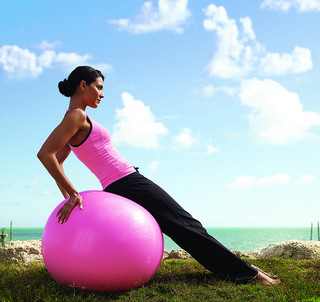 In maintaining your health as a dancer it is important to consider all of the aspects of health which are equally as important as each other. For example nutrition through food and drink is used for the body’s every function, from muscle contraction to nerve impulses, with many nutrients taking on more than one job in the body. For instance, calcium is well known for being a hugely important part of bone health but is also critical for creating an electric impulse that travels down a nerve, and for allowing a muscle to relax after contracting.
In maintaining your health as a dancer it is important to consider all of the aspects of health which are equally as important as each other. For example nutrition through food and drink is used for the body’s every function, from muscle contraction to nerve impulses, with many nutrients taking on more than one job in the body. For instance, calcium is well known for being a hugely important part of bone health but is also critical for creating an electric impulse that travels down a nerve, and for allowing a muscle to relax after contracting.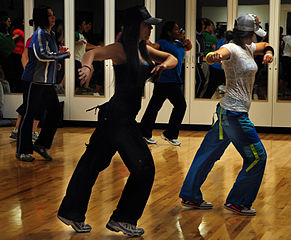 Regardless of your favourite dance discipline, it is important to maintain your practice in other dance forms to both complement and balance your training. Whilst one discipline may be concentrated on, it is beneficial both physically and mentally to take part in other dance forms other than your main interest.
Regardless of your favourite dance discipline, it is important to maintain your practice in other dance forms to both complement and balance your training. Whilst one discipline may be concentrated on, it is beneficial both physically and mentally to take part in other dance forms other than your main interest.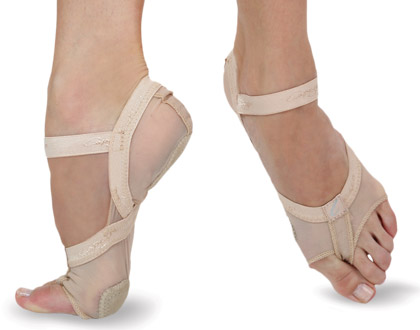 The feet are important to any human being, in terms of posture, gait and movement. For dancers the feet are constantly put under pressure as dance relies predominantly on flexible, mobile and healthy feet. Despite this there are a few common foot injuries in dancers:
The feet are important to any human being, in terms of posture, gait and movement. For dancers the feet are constantly put under pressure as dance relies predominantly on flexible, mobile and healthy feet. Despite this there are a few common foot injuries in dancers: For many dance students, the summer spells summer schools and dance intensives. These summer training programmes are designed to push dance students further and give them another dance experience. They can vary in length, style and structure, but it is important to make the most of the programme while looking after your body.
For many dance students, the summer spells summer schools and dance intensives. These summer training programmes are designed to push dance students further and give them another dance experience. They can vary in length, style and structure, but it is important to make the most of the programme while looking after your body.